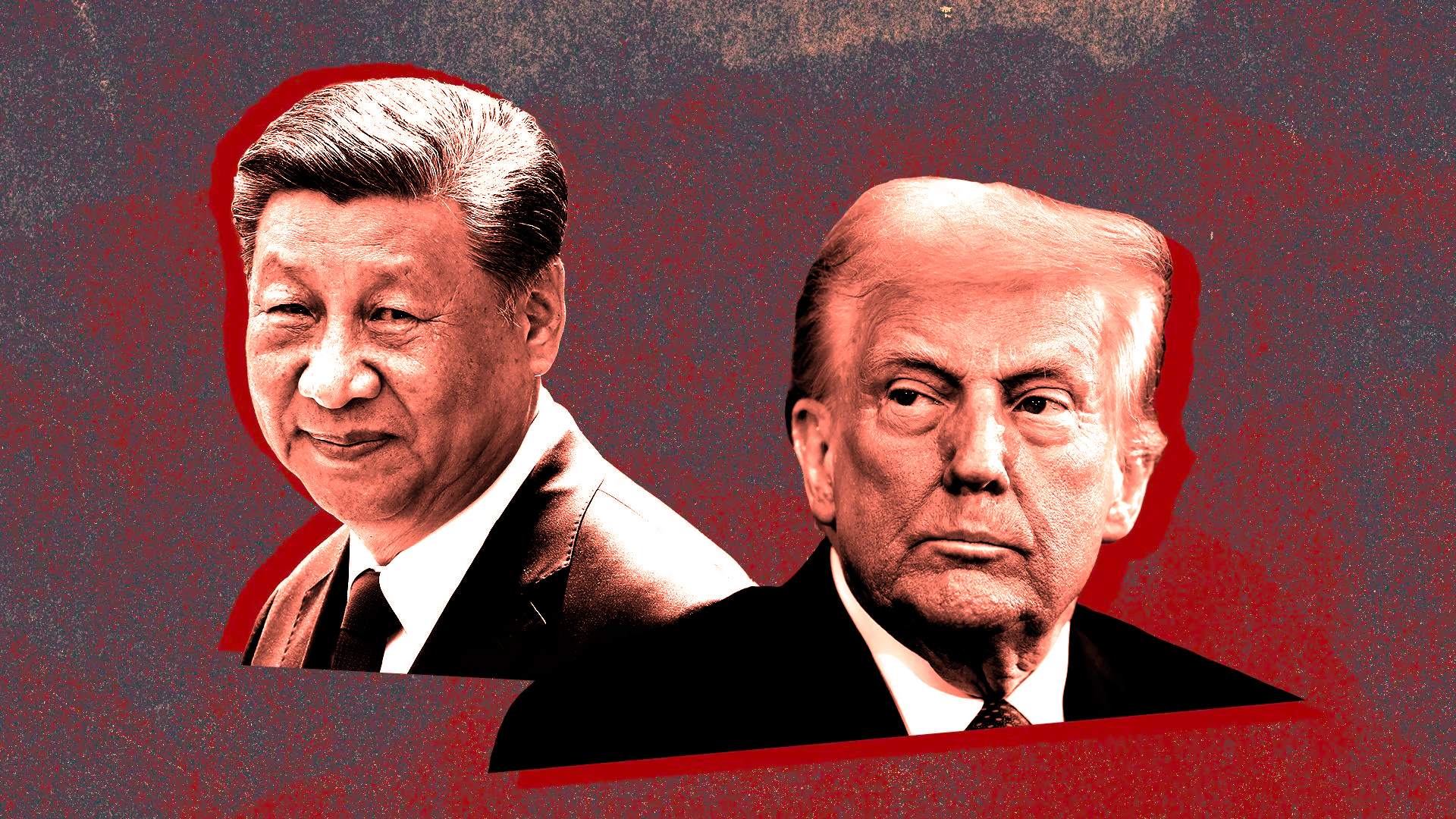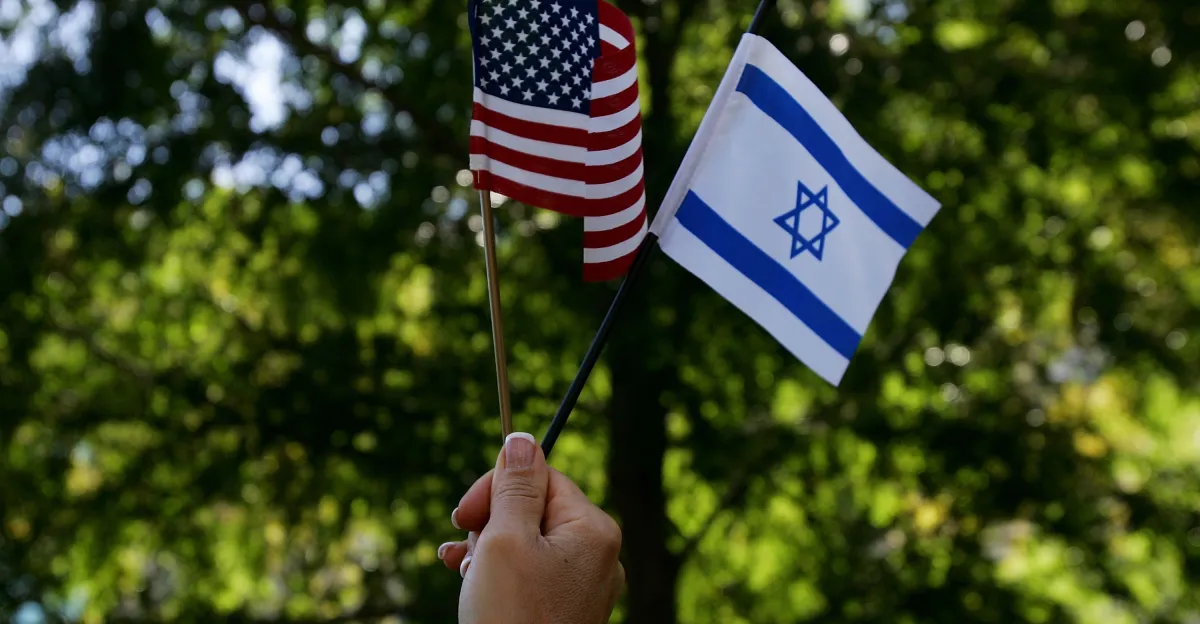On Friday morning, a representative of China’s Ministry of Commerce announced that Beijing is currently reviewing the possibility of entering into discussions with the United States regarding existing tariffs.
This development was met with anticipation by international observers, as extremely high tariffs — in some cases reaching up to 245% on specific Chinese exports to the U.S. — continue to hamper bilateral trade between the world’s two largest economies, renewing concerns of a potential recession.
“U.S. officials have on multiple occasions communicated their readiness to negotiate with China on tariff-related matters,” the spokesperson stated.
“China’s stance remains unchanged: if confrontation is required, we are prepared to continue; if dialogue is possible, we remain open to talks. But for any negotiations to take place, the U.S. must demonstrate genuine intent and take concrete steps to rectify its unilateral tariff actions.”
This statement followed a report from a Weibo account associated with Chinese state media, which suggested the United States had made overtures toward initiating talks. It also came a week after former U.S. President Donald Trump asserted that such discussions were already in progress — an assertion that Beijing officially refuted at the time.
“China has no immediate need to engage in talks with the United States,” declared a post from Yuyuantantian, a Weibo account affiliated with China Central Television (CCTV), on Thursday. “At this moment, it is the United States that appears to be more eager for negotiations.”
These comments are part of a pattern of alternating claims and rejections from both governments, with neither side officially taking the lead in starting discussions.
The primary question now is not whether talks will happen, but rather when, under what conditions, and who will be perceived as initiating them.
Experts often describe the situation as a high-stakes game of brinkmanship between Trump and Chinese President Xi Jinping, where both seek to maintain domestic and international credibility while privately aiming for a resolution to the escalating trade conflict.
“I expect this back-and-forth to continue, as neither Washington nor Beijing wants to appear as the side that concedes,” said Ja Ian Chong, assistant professor of political science at the National University of Singapore.
“However, both parties stand to benefit from de-escalation, which creates a common incentive to eventually seek a compromise.”
Wen-Ti Sung, a fellow at the Australian Centre on China in the World, described the scenario with a racing metaphor: “It’s like two race cars speeding toward each other — the one who swerves first will be seen as weaker. At this point, neither party is willing to appear vulnerable.”
The concern for both leaders is that whichever side is seen to initiate tariff negotiations could be perceived as yielding, thereby weakening its negotiating leverage.
“Perception matters,” said Sung. “Appearing desperate reduces influence. Each side wants to present the other as more eager to talk.”
This impasse — where both countries desire similar outcomes but resist initiating dialogue — has given rise to what analysts call “constructive ambiguity”: a deliberate use of unclear or ambiguous language that allows either party to claim they are not conceding.
Sung identified this tactic as a likely explanation for the message shared by Yuyuantantian on Weibo.
“This could be Beijing’s way of testing the waters through carefully chosen rhetoric, using ambiguity to create an exit strategy that allows both sides to step back without losing face,” he explained.
One possible resolution, according to Sung, would involve a third-party mediator offering both countries a face-saving way to begin talks. Another option would be to adopt a much looser interpretation of what it means for one side to have “reached out” first — enabling the initiating party to characterize its move as a reciprocal gesture.
In the cases of Trump and Xi, such an approach could provide a framework for both leaders to claim victory in their respective domestic arenas as talks begin.
Domestic Narratives and Public Messaging
Perceptions at home play a critical role in shaping leaders’ decisions. As Chong noted, de-escalation itself is one goal — but equally significant is the need to demonstrate success to domestic audiences.
“Trump clearly wants to present himself as having compelled Beijing to come to the table. On the Chinese side, Xi likely wants to project an image of control and strategic superiority — of having influenced the U.S. toward a more moderate and reasonable stance,” said Chong.
Both leaders are under domestic pressure due to the economic consequences of tariffs. In the U.S., Trump faced growing concern this week after new economic data showed the American economy contracted in the first quarter for the first time since 2022, raising renewed fears of a recession.
In China, President Xi continues to face pre-existing economic hurdles, including low consumer spending, a fragile real estate market, and rising unemployment. The additional strain from the trade dispute has made economic recovery even more difficult in the post-pandemic period.
“By now, it’s clear to both leaders that this won’t end in a decisive win for either side,” said Sung.
“Trump likely understands that a full-scale victory is unrealistic and is now searching for a symbolic concession that can be framed as a win, especially with the American electorate in mind.”
According to Sung, Beijing may be willing to move toward negotiations, but it is carefully calculating the conditions under which such talks would take place. For Xi, this is a complex dual process.
“On one level, there’s the international negotiation with the United States,” Sung said. “But domestically, the Chinese leadership needs to maintain a narrative of strength — the idea that ‘the East is rising while the West declines.’ Any appearance of weakness would contradict that narrative.”
“A portrayal of Eastern submission to Western pressure would be unacceptable within that framework,” he added.
At present, the U.S. has not issued a denial of China’s suggestion that contact has been made. For analysts like Chong, the fact that both sides have now made statements implying outreach suggests there is at least some level of informal communication.
“There’s a conversation happening,” said Chong. “And that alone is a sign that some form of mutual accommodation may be possible.”
However, even if discussions begin, the broader U.S.-China relationship — already tense before the start of the tariff conflict — is unlikely to stabilize in the near term.
Chong remains cautious. He argues that the continued emphasis on positioning indicates that both sides are still focused on leverage, rather than resolution.
“Each side may still be waiting for the other to make the first substantive move,” he said. “The standoff will likely continue until one side finally blinks.”



